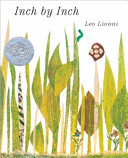
To keep from being eaten, an inchworm measures a robin’s tail, a flamingo’s neck, a toucan’s beak, a heron’s legs, and a nightingale’s song.

To keep from being eaten, an inchworm measures a robin’s tail, a flamingo’s neck, a toucan’s beak, a heron’s legs, and a nightingale’s song.
Little Blue and Little Yellow are best friends, but one day they can’t find each other. When they finally do, they give each other such a big hug that they turn green! How they find their true colors again concludes a wonderfully satisfying story told with colorful pieces of torn paper and very few words.
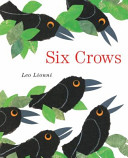
While a farmer tends his field of wheat, six hungry crows watch and wait in a nearby tree. When the wheat ripens, the farmer builds a scarecrow to frighten them off, but these ingenious crows are not so easily scared. An owl helps the farmer and the crows reach a compromise over the rights to the wheat crop.
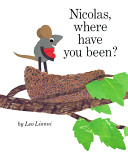
When the young mouse Nicolas sets out across the great meadow alone in search of ripe red berries, he is grabbed up by the claws of a huge bird and carried high into the sky. But that is only the beginning of Nicolas’s adventure. How he gets the berries he was hoping to find, and learns to trust the very creatures he thought were his enemies, makes this Leo Lionni fable one that young children will want to hear again and again.
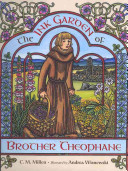
In medieval Ireland, Theophane’s boredom with his duties as a scribe distracts the other monks, but when he is sent to the kitchens, he discovers that he can make inks of many colors from plants, allowing others to illustrate their work.
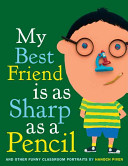
When her grandma asks her about school, a girl draws a class portrait, adding details that show what makes each person special.
Lola loves to hear Daddy read a new library book each night, an activity that spurs her imagination and results in inventive play the next day.
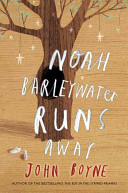
Eight-year-old Noah’s problems seem easier to deal with if he doesn’t think about them. So he runs away, taking an untrodden path through the forest. Before long, he comes across a shop. But this is no ordinary shop: it’s a toyshop, full of the most amazing toys, and brimming with the most wonderful magic. And here Noah meets a very unusual toymaker. The toymaker has a story to tell, and it’s a story of adventure and wonder and broken promises. He takes Noah on a journey. A journey that will change his life.
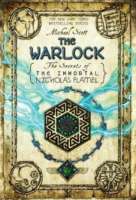
In the fifth installment of this bestselling series, the twins of prophesy have been divided, and the end is finally beginning. With Scatty, Joan of Arc, Saint Germain, Palamedes, and Shakespeare all in Danu Talis, Sophie is on her own with the ever-weakening Nicholas and Perenelle Flamel. She must depend on Niten to help her find an immortal to teach her Earth Magic. The surprise is that she will find her teacher in the most ordinary of places.
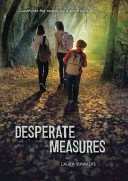
Vicky has always felt responsible for her mentally disabled twin sister, Rhianna, and their feisty little brother, Jamie. So when the foster care system threatens to split them up, they all run away together, heading for a distant relative’s home. After a difficult journey, they arrive only to find strangers living there. With nowhere else to go, they hide in a cave, and must survive by their wits. By the end of their adventure, Vicky is surprised to find that the sister she thought she was protecting is the one who saves her. This touching, funny, fast-paced novel was short listed for the Waterstone’s Children’s Book Prize. Vicky and Rhianna’s engaging dual-perspective narration offers a refreshing view of people with disabilities, and their wild adventure and fierce family bond will resonate with readers.